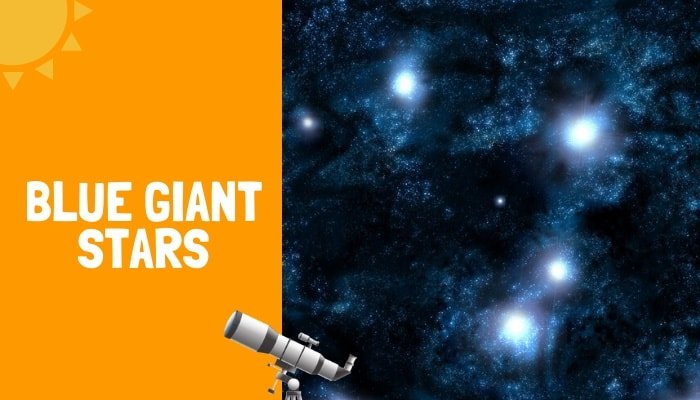Asteroids are one of the most fascinating celestial objects in our sky. These rocky bodies, which range from a few meters to hundreds of kilometers across, come in all shapes and sizes. They can be round or irregular shaped; some take up a spherical form while others may have an elongated shape like a potato chip.
Facts About Asteroids
- Asteroids are the leftovers of the early Solar System.
- The Asteroid Belt is home to many asteroids.
- The different types of asteroids are made up of a variety of materials.
- Asteroids also have smaller bodies (moons) that circle them.
- Asteroids may be too small to support life as we know it.
- Scientists believe that the asteroid might have killed off all of the dinosaurs.
- The first discovered asteroid was Ceres.
- The word asteroid was first coined by William Herschel, an astronomer.
- Some asteroids are blown-out comets.
- A car-sized meteoroid falls into Earth’s atmosphere about once a year. (Thankfully it usually burns up before hitting the ground.)
What is an Asteroid?
Asteroids are small, often rocky bodies that inhabit space out of the orbit of Jupiter. There are millions of them and they can be grouped by composition.
The science community refers to them as minor planets, a term that is applied to any object in the solar system smaller than moons. Asteroids are mainly made of materials leftover from the formation of other objects and events like comets or meteors that had much more volatile compositions.
The most popular Asteroids orbit the Sun between Mars and Jupiter, but there are some that remain closer
Asteroids come in three composition classes that you may find interesting. There are the C-types (chondrites) which are made of clays and silicate rocks. S-types include stony asteroids made mostly of silicate rock with some nickel mixtures. M types for a metallic asteroid with more iron than clay or soil like most basic materials.
Discovery of Asteroids
Giuseppe Piazzi was a Galileo-esque character in the late 18th century. He found what he believed to be an unknown planet and cleverly named it after one of his favorite gods: Ceres, goddess of harvests. People began finding more similar objects soon afterward which caused them to question their perception of reality
It was soon realized that these new objects were not, in fact, planets but some other type of celestial body. One characteristic they shared is their resemblance to distant stars as viewed through the telescopes of the time and it’s hard for us now to imagine how such a discovery would have been received at first!
The asteroids were named after their similarity to stars, which means they are star-shaped.
Asteroid Belt
The Asteroid Belt is a region of space where the majority of known asteroids orbit. It’s located between Mars and Jupiter, which are two planets on either side that each has its own set of orbits within our Solar System.
For all of you asteroid enthusiasts out there, the Asteroid Belt is home to around 200 asteroids that are larger than 100 km. Most other objects in this region measure less than 10 meters across and can be considered small by comparison!
The asteroids in the Asteroid Belt are believed to be remnants of a planet that never formed. It is believed that when Jupiter formed its massive gravitational pull. It disrupted the material in the Asteroid Belt to accrete and form into a planet.
It’s estimated that if we combined the material in our Asteroid Belt, its diameter would be about half of Earth’s Moon.
Near-Earth Asteroids & Impacts
Astronomers theorize that the planets in our solar system formed from smaller objects colliding with larger ones. The process of collision and impact is ongoing, happening all the time but at a much slower pace as most large rocks have already become one giant planet each.
Asteroids are not just danger from afar. They can also buzz Earth close enough to be classified as near-Earth objects (NEOs) or Potentially Hazardous Asteroids (PHAs). If orbital conditions line up, these NEOs could even crash into our planet’s surface!
The impact of asteroids can vary depending on size. The damage to our Earth and us could range from insignificant to catastrophic.
A small object entering our atmosphere will likely break up before it reaches the ground. A larger one could rain large pieces of itself on to land or into oceans, depending on what is being dropped and where it lands.
Astronomers are hot on the trail of these NEOs, mapping their positions and predicting possible impacts weeks, months, or years in advance.
With a few years left before the next possible asteroid collision, many organizations are making plans in case something should happen. The chances of an object hitting the earth are small but depending on size and orbit it could be catastrophic to life as we know it.
Famous Asteroids
One of the best-known asteroids is 1 Ceres, which has a diameter of 952 km. There are also 2 Pallas and 4 Vesta among other well-known ones with their own impressive features.
Astronomers have been studying these rocky minor planets for centuries and they are still coming up with new discoveries.
Ceres is a differentiated asteroid that has two layers. The first layer, the rocky core, may have an internal ocean and could be just what we’ve been looking for in our search to find life beyond Earth!
Vesta was once thought to be terrestrial but now it appears as if this bright object might make up one of many protoplanets leftover from ancient times.
Pallas also seems like a remnant of early days with its irregular shape distinguishing itself among other asteroids orbiting around Mars (and even Jupiter).



